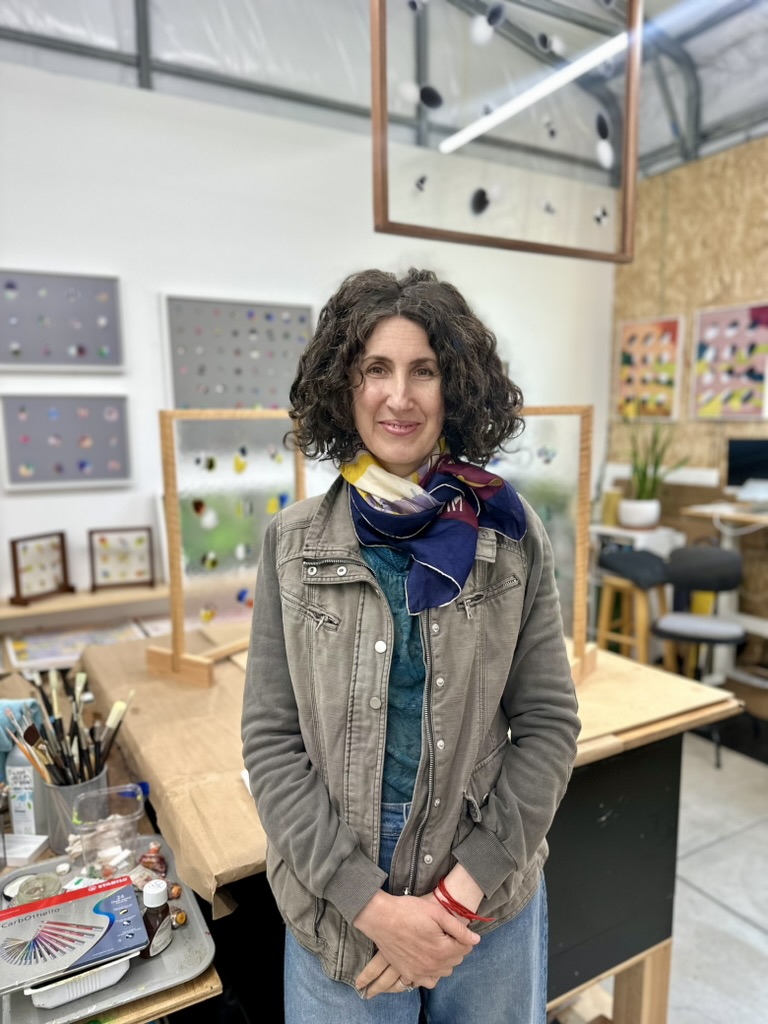
Instagram: ahna_girshick
Website: http://lightdark.org
Bio: Ahna Girshick is an interdisciplinary artist and research scientist who investigates the idea of a primal universal visual language that connects humans, machines and nature. She holds a PhD from UC Berkeley in Vision Science, and was a postdoctoral fellow at NYU. In 2010-13, she created interactive musical data visualizations in collaboration with Philip Glass and Scott Snibbe that have been exhibited at the Museum of Modern Art (NY), The Contemporary Jewish Museum (SF), and The Barbican Centre (London). More recently, her experiments in perception have exhibited through Southern Exposure (SF), Ely Center for Contemporary Art (New Haven), 120710 (Berkeley), and University of California School of Law (San Francisco), and in the White Columns registry (NY). She lectures in UC Berkeley’s Cognitive Science program on shared illusions in human and machine perception, and has recently given public talks at The Commonwealth Club of California and The Internet Archive’s Intersection of Art and Technology salon.
Statement: At the core of our perceptual experiences lies the search for pre-determined visual patterns — archetypal forms learned by both human or artificial brains — which both optimize and bias perception. I imagine the experience of looking through the eyes of an AI and wonder about intermediate interior states never seen by humans. Using algorithms, paint, photography and installations, I use overlays of synthetic neurons to ask the viewer to reflect on the internal opaque processes of both AIs and humans. To look through one of my “Windows of Perception” is to experience the initial moment of AI visual perception — the scanning for simple edges and forms — machine-learned forms that reference visual bias in its primal form. Each transparent window is painted with the initial visual filters in AI vision, revealing AI’s otherwise opaque technical processes and reflecting on their interconnection with human vision. “Cabinets of curiosities” emerged in the 16th century as means to systematically organize and preserve an era’s scientific learnings. In my “Convolutions” series I collect the technological specimens of our time: Synthetic neurons that have attuned themselves to the visual fragments found in millions of Internet photos. Landscape imagery is the original “training dataset” for human vision and, indirectly, training input for AIs as they seek to mimic human vision. In my “Machine Seeing Tree” photos I contemplate how machines see the natural environment through overlaying synthetic neurons, reminiscent of bullet holes — constant reminders of the ubiquitous AI-processing of our lives’ pixels.